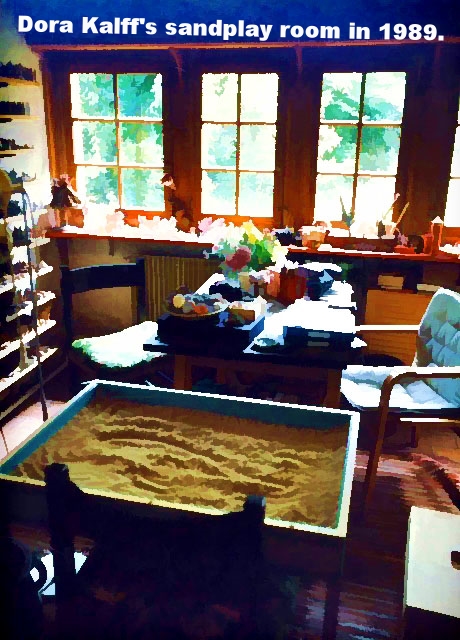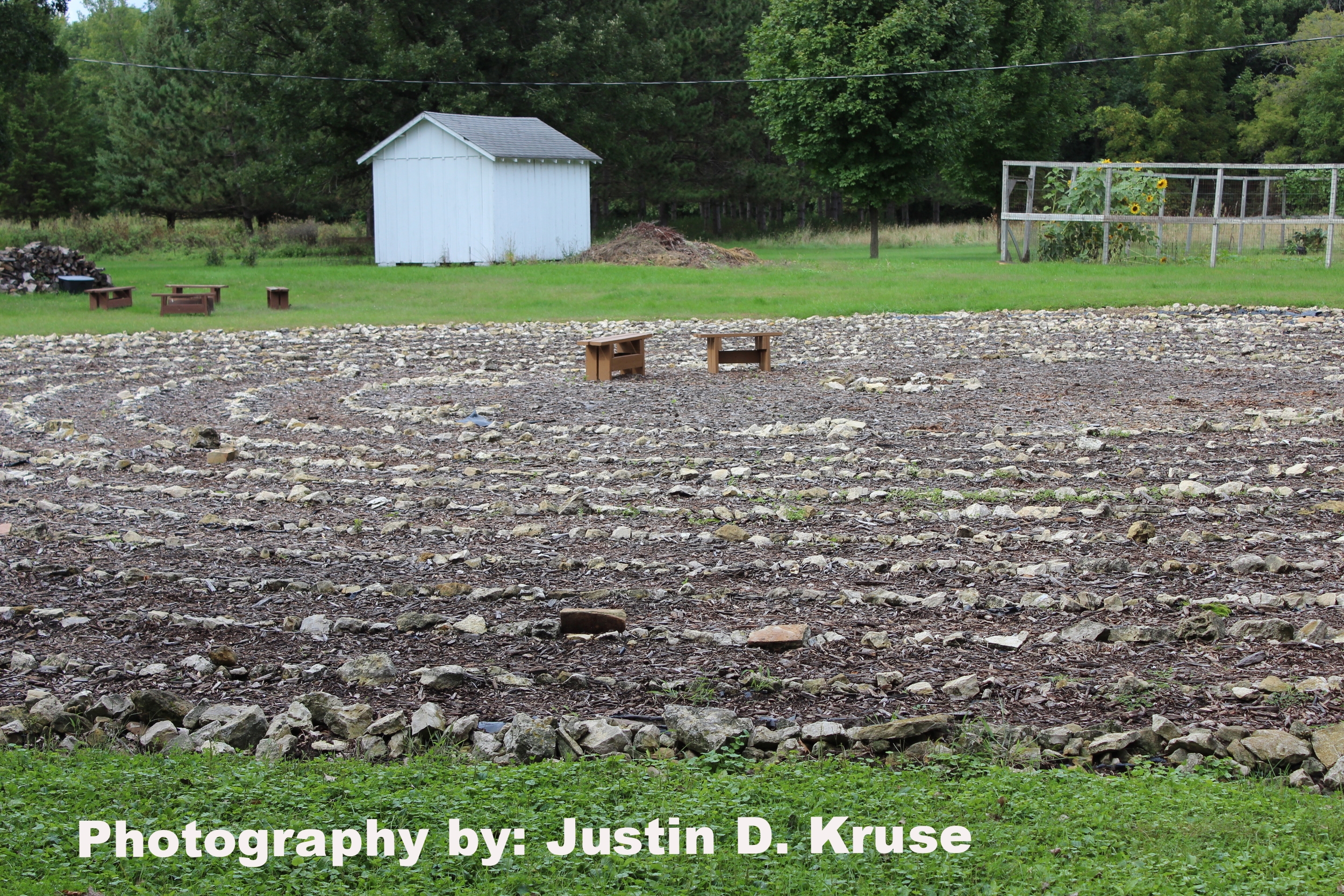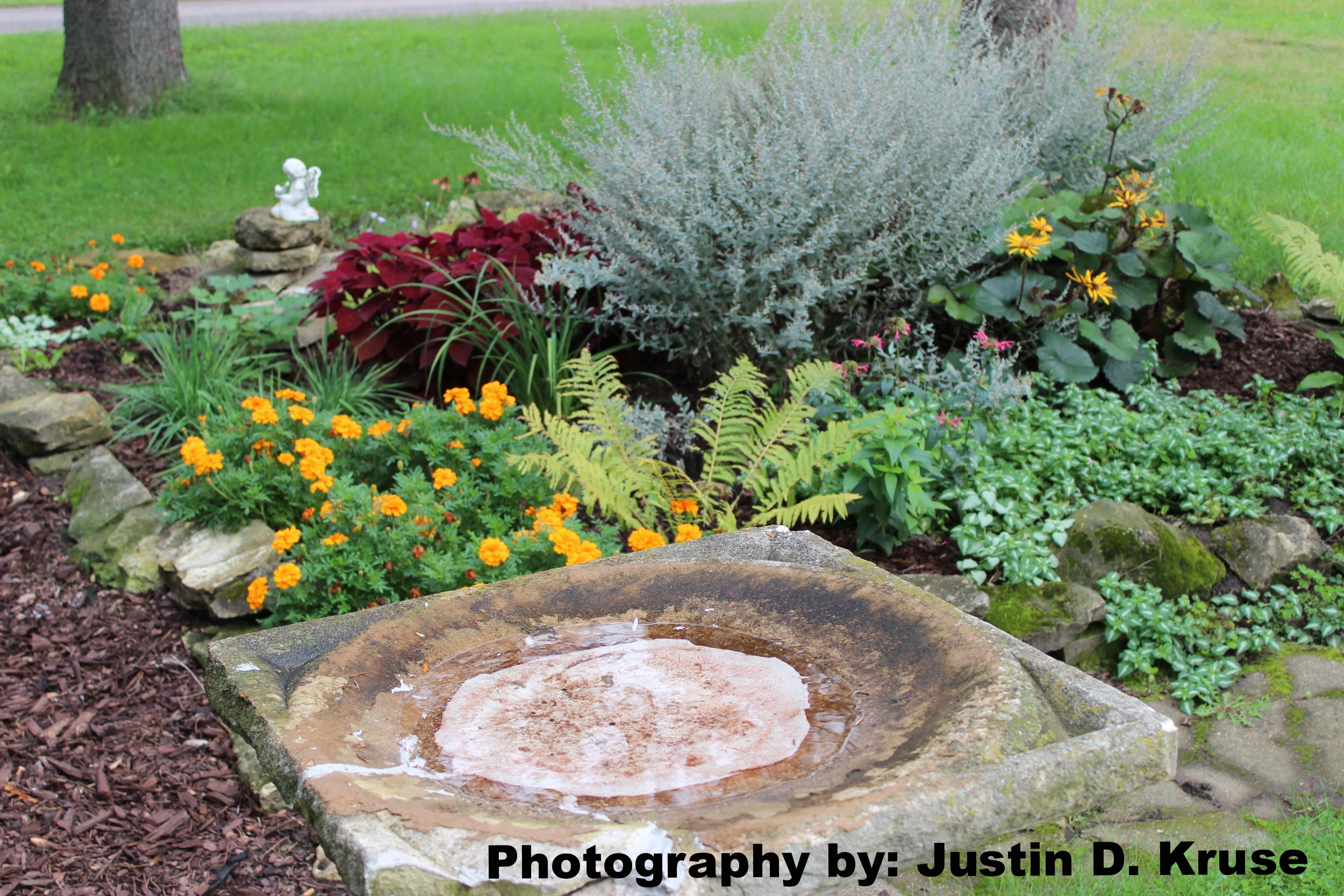What is Sandplay Therapy?
Sandplay is a nonverbal, nonrational form of therapy in which clients use sand, water and a variety of small figures to create a three-dimensional scene in a tray of a specified size.
In creating this scene it is felt that an external expression of an internal experience is formed that can reach a profound preverbal level of the psyche (Weinrib, 1983, p.1). Concrete yet symbolic experiences on many levels can occur simultaneously in the tray; these include the polarities of the conscious and unconscious; the objective and subjective, and the personal and transpersonal (Chambers et al., 2008).
Dora Kalff, the originator of sandplay, developed this method after a period of study with child psychiatrist Margaret Lowenfeld in London in which she integrated this work with her analytic training with C.G. Jung in Switzerland and her own personal study of Zen Buddhism. In fact, it was Jung who recommended that Kalff study with Lowenfeld. Kalff recognized that Lowenfeld’s World Technique using sand trays and miniatures could provide access to the deep contents of the psyche. This was the beginning of sandplay as a therapeutic modality.
Kalff believed strongly in the Jungian idea that there is an innate drive toward wholeness and health in the human psyche as in the physical body. For Kalff, the place for this to happen was in the “free and protected space” of the sand tray and of the relationship between therapist and client. This is the temenosor place of healing (Carey, 1999, p. 21).
The Sandplay therapist holds the boundaries of the Sandplay by silently witnessing its unfolding. Kalff believed that the unspoken understanding or feeling connection that develops between the therapist and client is the healing factor in sandplay (Kalff, 1966).
Ultimately, the goal of Sandplay is the wholeness of body and soul, psyche and matter, or in Jungian terms, ego and Self (Markell, 2002, p. 24).
References
Carey, L. (1999). Sandplay therapy with children and families. Northvale, NJ.: Jason Aronson, Inc.
Chambers, L. et al. (2008). Intensive in clinical sandplay. Chicago: C.G. Jung Institute of Chicago.
Kalff, D. (1966). The archetype as a healing factor. Psychologia. 9: 177-184.
Markell, M.J. (2002). Sand, water, silence: The embodiment of spirit. London: Kingsley Pub. Ltd.
Weinrib, E. (1993). Images of the Self. Boston: Sigo Press.
Youtube Videos: (1) Video credit: The Ecumencial Center; (2) Video credit: Gita Morena


